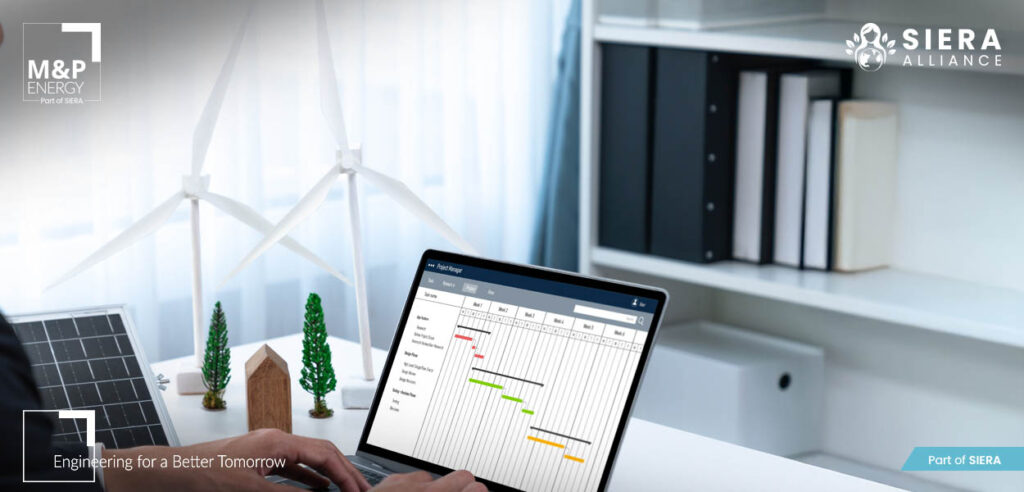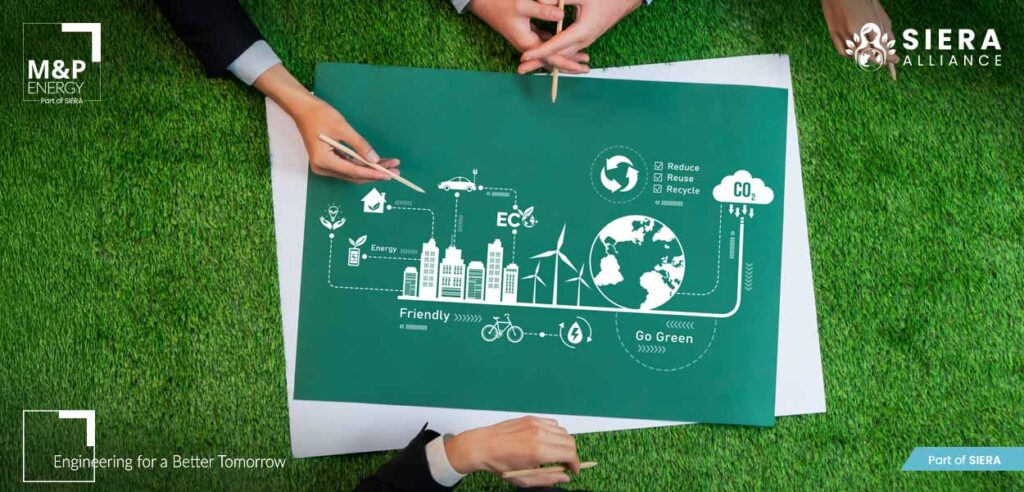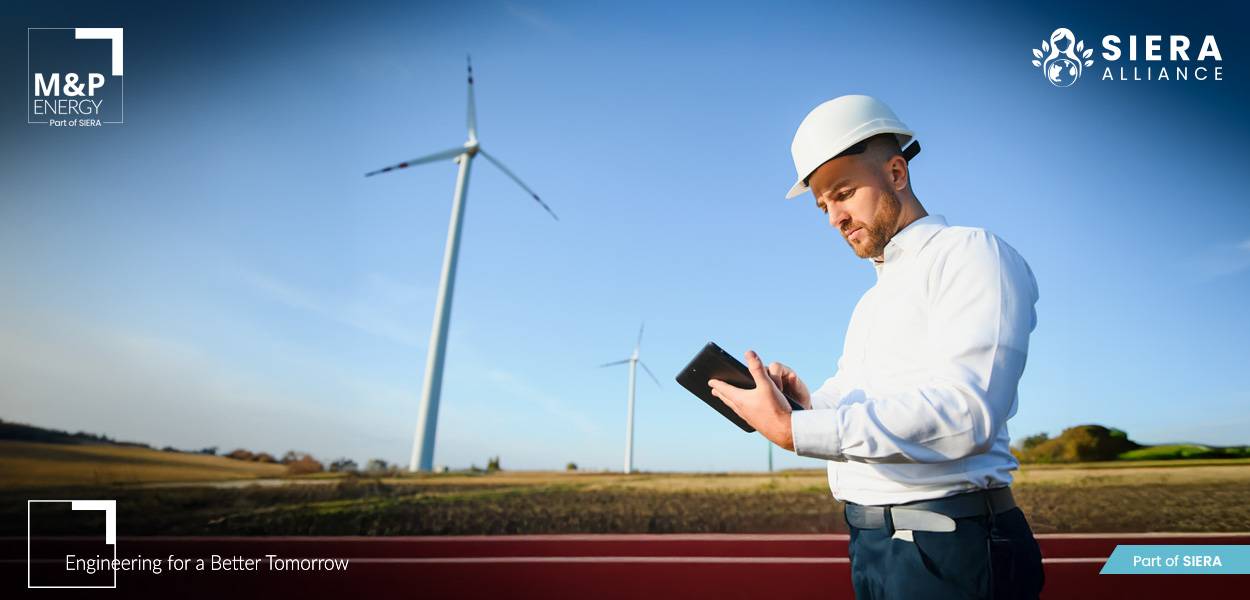As the world transitions towards renewable energy, wind power continues to be a cornerstone of clean energy solutions. However, before a single turbine can be erected, a crucial process must unfold: the wind site assessment. This foundational phase determines whether a location has the wind resources, environmental compatibility and technical feasibility to support a successful wind energy project.
Whether it's a small community turbine or a utility-scale wind farm, understanding the steps of a wind site assessment is key to making informed investment, engineering and sustainability decisions. In this article, MuP Energy - part of SIERA - will explore each stage of the wind site assessment process and why it plays a critical role in building efficient and reliable wind power systems.
What Is A Wind Site Assessment?
A wind site assessment is a detailed evaluation of a potential location for wind energy generation. It involves analyzing wind patterns, terrain, environmental factors, technical infrastructure and financial viability. The primary goal is to estimate the energy yield, identify potential risks and determine whether the site meets both technical and regulatory requirements for wind turbine installation.
The assessment not only supports decision-making for developers and investors but also ensures that the project aligns with environmental protection standards and community expectations.
Step 1: Site Selection Criteria
The first step in a wind site assessment is identifying promising locations based on preliminary selection factors. Developers and engineers consider a combination of geographical, meteorological, logistical and policy-related aspects.
Key site selection criteria include:
- Wind speed and consistency: Areas with average wind speeds above 6m/s at turbine hub height are ideal.
- Topography: Elevated areas, coastal regions and open plains offer less wind obstruction and higher resource potential.
- Accessibility and logistics: Proximity to roads, transmission lines and construction infrastructure affects construction costs and ease of deployment.
- Land use and zoning: Agricultural or industrial zones typically offer fewer regulatory hurdles than residential or protected areas.
- Community acceptance: Social feasibility is critical as public perception, landowner agreements and stakeholder engagement can make or break a project.
Initial screening often uses publicly available wind atlases, geographic information system (GIS) data and satellite imagery to narrow down viable regions before investing in detailed assessments.
Step 2: Wind Resource Measurement
Once a potential site is selected, the next step is to conduct on-site wind measurement. This typically requires a minimum of 12 months of data to capture seasonal variability and ensure reliable modelling.
Techniques and tools include:
- Meteorological (met) masts: Equipped with anemometers and wind vanes at various heights, met masts measure wind speed, direction, turbulence and air temperature.
- LiDAR and SoDAR systems: These remote sensing technologies use laser or sound to profile wind speeds at different altitudes, offering a portable alternative to meteorological masts.
- Data logging and telemetry: Continuous, high-resolution data is collected and transmitted for real-time monitoring and later analysis.
High-quality wind resource measurement is essential for predicting future energy production and informing turbine selection and placement.

Step 3: Environmental and Regulatory Considerations
Wind projects must navigate complex environmental regulations and land-use policies. This step assesses potential ecological impacts and ensures compliance with national, regional and EU environmental directives.
Key considerations include:
- Wildlife and biodiversity impacts: Studies are conducted on bird and bat migration, habitat disruption and species conservation.
- Noise and visual impact: Proximity to residential areas requires careful analysis of turbine noise and visual intrusion.
- Cultural and archaeological sites: Developers must respect protected areas, indigenous lands and historical landmarks.
- Permitting and zoning laws: Understanding regional requirements, setback rules and permitting timelines is crucial.
Often, this step involves stakeholder consultations, environmental impact assessments (EIAs) and mitigation planning to minimise adverse effects.
Step 4: Technical Feasibility Studies
With wind data and environmental clearances in hand, engineers perform a technical feasibility study to evaluate how well a wind energy system can be integrated into the site.
Technical evaluations include:
- Turbine compatibility: Determining suitable turbine models based on wind class, hub height and rotor diameter.
- Grid connection: Assessing the availability, capacity and stability of nearby electrical infrastructure.
- Terrain analysis: Slope, soil composition and geology influence turbine foundation design and construction.
- Construction logistics: Examining transportation routes, site access and installation challenges.
This step ensures that the project is technically sound, constructible and maintainable across the turbine's lifespan.
Step 5: Data Analysis and Energy Yield Estimation
Once all raw data is collected, detailed wind resource analysis is carried out to estimate long-term energy production. This is one of the most critical phases of the assessment.
Key tools and outputs:
- Wind flow modelling software: Programmes like WAsP, WindPRO, or OpenWind simulate wind flow and turbulence across the terrain.
- Energy yield estimation (AEP): Calculations are made using wind data, turbine specifications and layout to estimate Annual Energy Production.
- Uncertainty analysis: Statistical modelling assesses the confidence level of predictions and helps account for variability.
The output of this analysis feeds into financial modelling, insurance and investment decisions.
Step 6: Financial and Risk Assessment
No wind site assessment is complete without a thorough financial and risk analysis. Developers must evaluate the project's economic viability, identify risks and create a robust business case.
Elements of this step include:
- CAPEX and OPEX modelling: Upfront investment (turbines, infrastructure, construction) and operating costs (maintenance, land lease, insurance) are calculated.
- Levelised Cost of Energy (LCOE): A key metric used to compare the project's cost per MWh against other energy sources.
- Revenue forecasts: Based on energy yield, Power Purchase Agreements (PPAs) and market prices.
- Risk analysis: Includes regulatory risk, resource variability, project delays and force majeure events.
- Financing options: Developers assess grants, subsidies (e.g., EU REPowerEU), green bonds or private equity funding.
Financial feasibility is the linchpin that determines whether a wind project can transition from planning to construction.

Embrace the Winds of Change with MuP Energy
As Europe accelerates its transition to renewable energy under the EU Green Deal and REPowerEU, high-quality wind site assessments will become indispensable. With accurate data, sound engineering and holistic planning, MuP Energy - part of SIERA - empowers businesses and communities to harness wind power with confidence and impact.
Specialised in end-to-end wind site assessment services, our multidisciplinary team of environmental engineers, scientists and data analysts supports clients from initial site screening to energy yield modelling and investment planning.
By leveraging advanced tools like LiDAR-based wind measurement, geospatial analysis and financial risk modelling, we ensure that every project is optimized for performance, compliance and long-term value. Whether for onshore or offshore projects, MuP Energy is committed to accelerating the clean energy transition through reliable, data-driven wind energy solutions.
FAQs
1. What is the site assessment of a wind turbine?
It is a comprehensive process of evaluating whether a specific site is suitable for installing a wind turbine or wind farm. It includes wind resource measurement, environmental checks, technical evaluations and financial modelling to determine project feasibility.
2. What is the meaning of wind resource assessment?
Wind resource assessment involves collecting and analysing data on wind speed, direction, and variability at a site to estimate how much energy a wind turbine can generate. This usually involves long-term monitoring and software modelling.
3. What is the assessment of wind energy?
It refers to the process of evaluating the potential of a site or region to produce wind-generated electricity. This includes environmental, technical, economic and regulatory analyses to ensure sustainable and efficient energy production.
4. What are the considerations for wind site selection?
Important factors include wind speed, land availability, proximity to the power grid, environmental impact, access to infrastructure and regulatory requirements. Socio-political acceptance and community engagement are also key.


